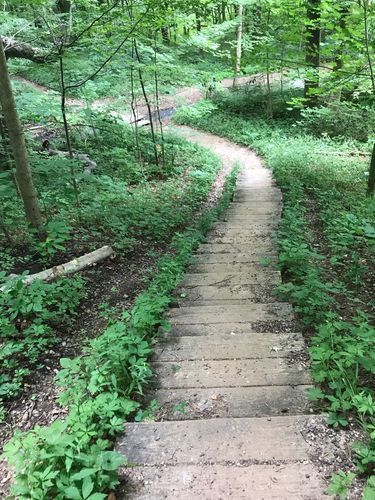Measuring the Hedonic Value of Local Parks to the Surrounding Neighborhood
- Student
- Joseph Sheehan
- College(s)
- Mendoza College of Business
- Faculty Advisor
- Dave Hutchison
- Class Year
- 2021

Public parks are a common resource that offers a wide array of benefits to the community. They provide a space for nearby residents to enjoy at little to no cost. Saint Patrick’s Park is a 398-acre county park south of the Michigan state line that borders neighborhoods on three of its four sides. The park has grown in phases since its creation and averaged 174,000 annual visitors over the past five years. In the real estate market, the price of a home is heavily influenced by the amenities located nearby. Generally, a property is worth more when it is near recreational green spaces, such as public parks.
The purpose of this project was to quantify the increase in property value that the neighborhood between Saint Patrick’s park and Clay Township Park receives due to their proximity to urban green spaces.
The subject neighborhood in this analysis was composed of 232 single-family households, all of which were within 2000 feet of at least one park. This project relied on two different approaches to regression analysis, which is a method of determining to what extent one or more independent variables impact a single dependent variable. The first approach derived two separate regression equations for property value. One equation was based on the subject neighborhood, while the other equation was based on a neighborhood that is not near a park.
The calculated hedonic value from this approach was $3,474,830, which represented 8.64% of the total assessed value of the neighborhood. The second approach relied on the use of a categorical variable to quantify hedonic value using a combined dataset of the two neighborhoods. The calculated hedonic value received by the subject neighborhood in this second regression analysis was $3,313,194, which represented 8.23% of the total appraised value of the neighborhood.